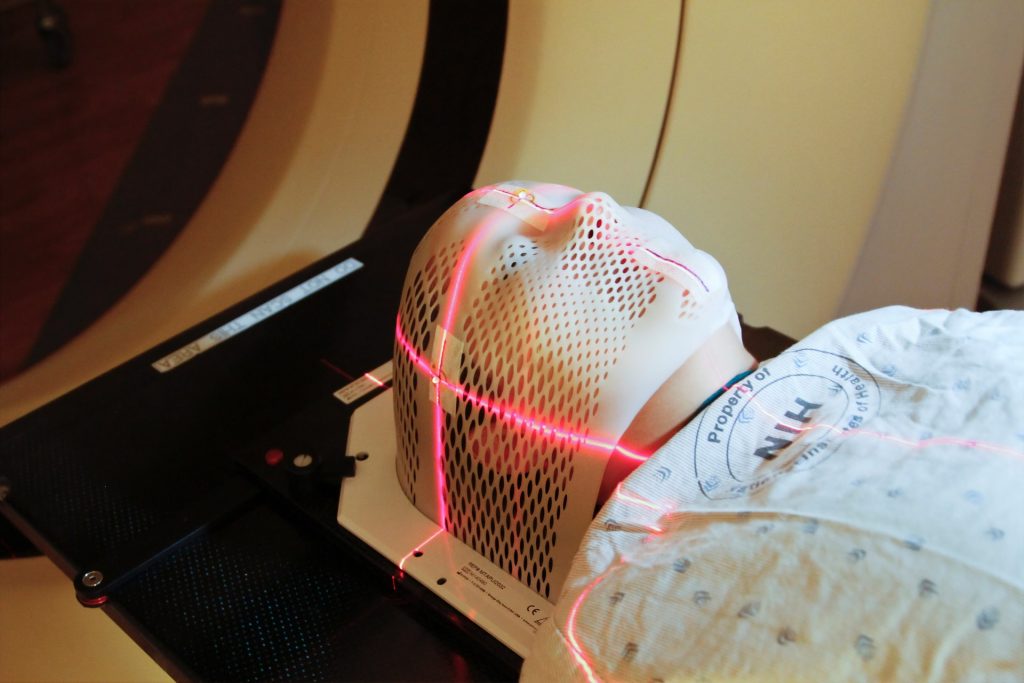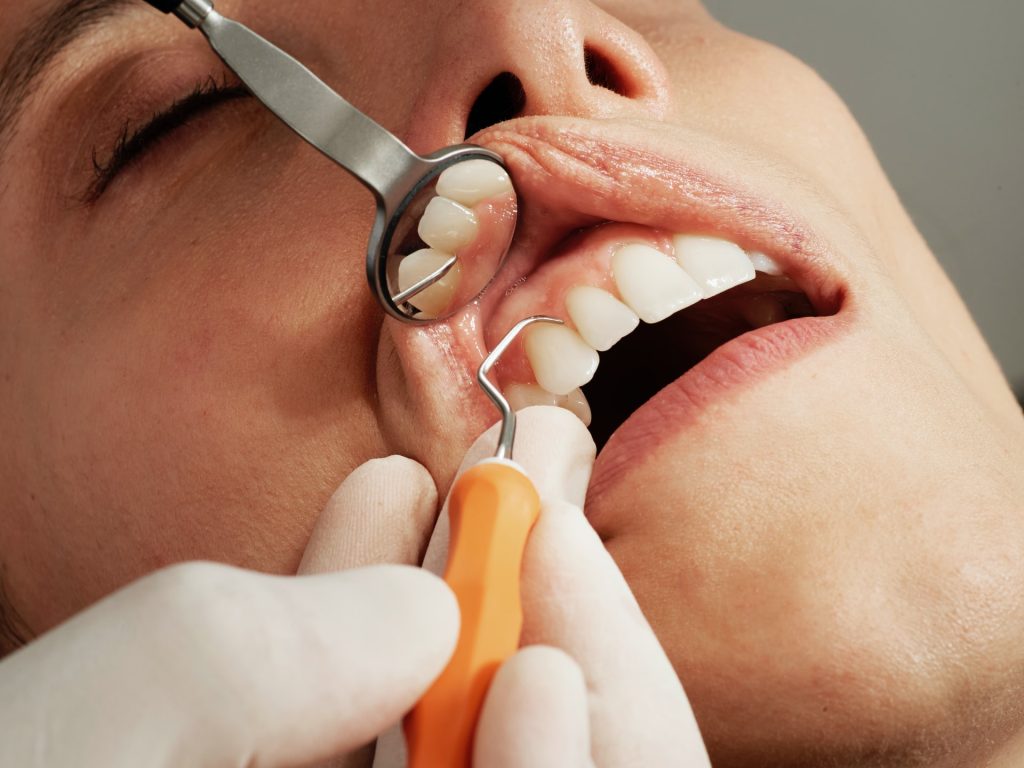Health in 2023: A Deceptively Busy Year in Fewer Than 1000 Words

By Marcus Low
2023 was a busy year for healthcare in South Africa. There were several policy developments, landmark court cases, important pieces of legislation, and some changes in leadership. Yet, take a step back and not much seems to have changed. Shortages of healthcare workers persist, corruption is still rife, budgets tight, and our health governance crisis remains as acute as ever.
Start with some positives. Following the release in 2022 of a non-communicable disease policy with important diabetes and hypertension targets, this year saw the release of South Africa’s overdue new mental health policy, an obesity policy, and a new strategic plan for HIV, TB and STIs. These policy documents were generally welcomed, although most experts we spoke to had questions over the state’s ability to implement them.
That ability to implement was dealt another blow this year with continued budget cuts in the public healthcare sector and the freezing of posts in some areas. As shown in several of the community healthcare monitoring group Ritshidze’s excellent provincial reports this year, staff shortages remain acute across much of the country – something that is unlikely to change given budget constraints. Though South Africa has a good healthcare worker strategy on paper, another year has passed with no clear indication that the state is committed to implementing it.
Instead, much of the political oxygen in 2023 was again consumed by National Health Insurance (NHI). As the year draws to an end, the NHI Bill has cleared parliament and chances are the President will sign it ahead of next year’s national and provincial elections – though actual implementation will take years.
Reforms to South Africa’s procurement legislation are also making its way through parliament, although critics have slammed the bill for not doing enough to clamp down on corruption. The State Liability Bill was delayed again because a report from the South African Law Reform Commission on medico-legal claims has still not been finalised.
In the courts, an important judgment in the Eastern Cape limited the extent to which the state can be held financially liable for medical negligence, although the law in this area remains somewhat unsettled. There were also major court victories for the right to transparency, with a court ordering the disclosure of COVID-19 contracts entered into by government, and for the ability of pharmacists to provide antiretrovirals without a script from a doctor – this latter judgment is being appealed. This year also saw the pieces put in place for what is set to be a landmark court case for access to medicines, as Cheri Nel and others challenge a monopoly on life-changing cystic fibrosis medicines.

As for leadership changes, this year South Africa got a new health ombud (we interviewed the outgoing ombud here) and a new registrar of the Health Professions Council – the latter institution remains in urgent need of reform. Maybe the most important leadership change this year, however, was the controversial removal in September of Dr Rolene Wagner as head of the Eastern Cape Health Department. Wagner’s removal seems symptomatic of ongoing and excessive political interference in the running of provincial health departments.
Several of these departments again made the headlines for the wrong reasons. Current and former Officials in both the North West and Northern Cape Department of Health are facing serious charges, but maybe most dispiriting was the ongoing dysfunction in the Gauteng Department of Health. From botched food and security contracts to the lacklustre response to alleged corruption at Tembisa Hospital, those who hoped for a turnaround in the department were disappointed. The end of the inquest into the Life Esidimeni tragedy this year served as reminder that the department’s problems are entrenched and long-standing.
South Africa’s TB response was given a boost this year with the adoption of an ambitious new test-and-treat strategy, whereby people who test positive for TB are treated and at-risk people who test negative are offered preventive therapy. Some new TB treatment regimens have been rolled out, but we are unfortunately still waiting for others. A reduced price for the DR-TB drug bedaquline was secured, largely due to the work of South African and international TB activists, and two philanthropies put up the money for a critically important phase 3 TB vaccine trial.

Pilot programmes testing HIV prevention injections and HIV prevention rings in South Africa were set to start at the beginning of the year, but the injection part of those pilots ended up being delayed. It is still not clear when the many young women in South Africa who could benefit from the prevention injection will be able to get it. A recently announced price for the injection is calculated to be far too high for our healthcare system.
There was some good news this year in that more people in South Africa are finally able to access breakthrough hepatitis C cures developed over the last decade. The picture looks less promising with new weight loss medicines – high prices, supply constraints, and monopolies are likely to keep these exciting medicines out of reach for most people in South Africa, despite the rising number of people with obesity who could benefit from them.
As for the numbers, the WHO this year estimated that in 2022 280 000 people fell ill with TB in South Africa and 54 000 people died of TB. According to the latest estimates from the Thembisa model, in 2022 around 13% of the population were living with HIV, 164 000 people were newly infected with HIV, and 48 000 died of HIV-related causes (there is substantial overlap since many people with HIV die of TB). The Human Sciences Research Council (HSRC) raised some eyebrows when it estimated that 91% of people diagnosed with HIV were on treatment in 2022, UNAIDS and the Thembisa model have this number at well under 80%. New UNAIDS and Thembisa estimates due in 2024 will be closely watched to see how they are impacted by the HSRC findings.
Republished from Spotlight under a Creative Commons Licence.
Source: Spotlight





